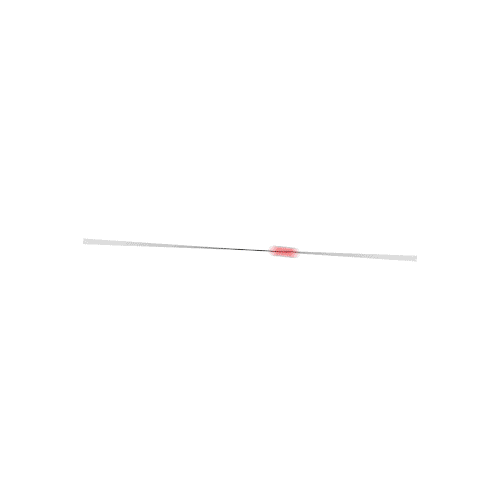The S-75 Daugava (NATO designation: SA-2 Guideline) was a Soviet surface-to-air missile designed to destroy medium and high altitude targets from the Cold War period. The SA-2 was a two-stage missile with a range of up to 45 kilometers, capable of carrying a warhead weighing up to 200 kilograms and capable of destroying targets at an altitude of up to 25,000 meters. In the early 1950s, the American air force began to intensively develop its fleet of strategic bombers (B-47 and later B-52), which were to deliver nuclear blows in the territory of the USSR. This fact led to the commencement of work by the Soviet Union in 1953 on a new anti-aircraft missile, which was finally the SA-2. It was presented to the public for the first time in 1957. Probably in the same year, the SA-2 began to be introduced on a large scale to anti-aircraft units of the Soviet Army. At the time of its introduction, the system presented high combat capabilities and turned out to be an unpleasant surprise for the USAAF. It proved its worth in 1960, when the SA-2 rocket shot down a U-2 plane piloted by Francis Powers. This weapon was also sold by the USSR to North Vietnam and effectively limited the freedom of operation of American aircraft during the Vietnam War (1964 / 1965-1975). Later, many system upgrades were introduced, the most important of which is the S-75M Volkhov (NATO designation: SA-2C), with significantly higher parameters, shorter response times and better guidance systems. SA-2 missiles were exported to many countries, including Bulgaria, Czechoslovakia, Egypt, Moldova, Poland and Romania. They also took part in many armed conflicts. In addition to the aforementioned Vietnam war, they took part, for example, in the Six-Day War (1967), the Indo-Pakistani wars of 1965 and 1971, the Yom-Kippur war (1973) and the Iraqi-Iranian war (1980-1988).The ZiŁ-157 is a Soviet truck from the post-war period. The car was presented to the public for the first time in the second half of the 1950s, and serial production continued in 1958-1992 at the ZiŁ plant in Moscow. In total, about 798,000 cars of this type were produced. The drive was provided by a single 6-cylinder engine with a power of 109 HP. The power transmission was provided by a 5-speed gearbox. The ZiŁ-157 was developed and put into production as the new basic truck of the Soviet Army. Later, it was planned to be replaced with Ural375 or Ził-131 cars, but the design turned out to be so successful that its production lasted until the beginning of the 1990s! During the long production period, the vehicle underwent two major modernizations: in 1961, when the ZiŁ-157K model was launched, and in 1978, when the ZIL-157KD model was launched. During its long service, the ZiŁ-157 was primarily used as a transport vehicle, but its specialized versions were also created, e.g. a tanker car or a command vehicle. The car was also licensed in the PRC as the Jiefang CA-30. It is worth adding that the BTR-152W armored personnel carrier was also developed on the ZiŁ-a-157 chassis.


